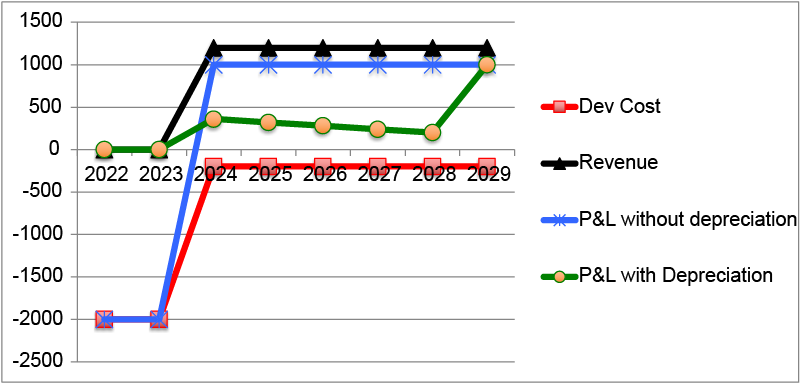-

Agile Resolutions
January is “New Years Resolution Month” for me. I plan what I’ll improve in the rest of the year and how I’ll do it. Roughly 88% of people who make New Years Resolutions fail [Lehrer 2009]. Twenty years ago, software projects had extremely high failure rates like this. The software industry started adopting “agile” management…
-

Converting from Waterfall to Scrum – The First 30 Days
In a 30-day period, Senex Rex motivated and shepherded a 700-person company, with development teams in 4 countries, to convert from waterfall to Scrum, with two training courses, one in the USA and the other in India. Today Dan Greening watched the CTO answer employee questions perfectly in front of 68 Indian, Ukrainian and British…
-

Velocity Variance: Should we seek consistent velocity?
Rhythmic experimentation defines Scrum. A good Sprint experiment seeks to improve important metrics, such as increasing velocity or decreasing bug count. Some managers claim consistent velocity is important. Percent velocity deviation, σ(V)/E(V), is a reasonable metric to compare teams’ consistency. However, software companies usually look for innovation and profitability. Staid, old companies recreating boring stuff…
-
The First of Five Challenges to Large Organizations that Force Agility
Daniel R Greening, PhD. Managing Director, Senex Rex As a company grows, agility can erode over time. And so, when we’re in startups, we can generate features really fast when a customer demands something, we have a turn-around time of less than a week often, and we can deliver something of value. When a company…
-

Reducing Release Duration Can Increase Agility – A Case Study
Shortening the time between releases can have the effect of increasing agility throughout an enterprise. In this article, the author recounts his experience at Citrix Online, and the positive ripple effects Agile techniques brought to the company.
-

Why Should Agilists Care About Capitalization?
In many companies, agile software development is misunderstood and misreported, causing taxation increases, higher volatility in Profit and Loss (P&L) statements and manual tracking of programmer hours. One large company’s confused finance department expenses all agile software development and capitalizes waterfall development; projects in this company that go agile see their headcounts cut by 50%.…
-

Q&A: How can I transform my corporation to agile?
Question Devesh Kumar from Thomson Reuters asks:I am being asked to setup agile in totality. I know to setup agile development teams. What I don’t know is how to handle Agile budgeting, How to migrate VPs to agile in higher management, what must change in HR to support agile, and what other organizational policies must change. Can you help? Answer…
-

Ad Hoc to Agile, Scrum and Scaling
A colleague recently asked whether a team he encountered was agile. Some team members want to use Scrum, but the manager has said, “No. Scrum involves too much process, too many meetings, team members will feel micromanaged.”
-

Promote Corporate Agility
As a company, we sustainably adopt continuous-improvement techniques (iterate, measure, reflect, and adapt) everywhere to rapidly identify market need, explore demand, establish product plans, deliver products and delight customers, and support employees, so we gain greater profitability indefinitely. Agile practices are surprisingly fragile: you can lose them with a manager resignation and/or a bad hire. Agile drives…
-

Should we work over 40 hours per week?
A colleague recently ask for evidence that 40 hours per week is an optimal work schedule. Here is a document that talks about past studies on “crunch time”, working more than 40 hours a week. It shows that after 4 weeks of crunch time work, productivity declines below the productivity teams had in prior weeks…
